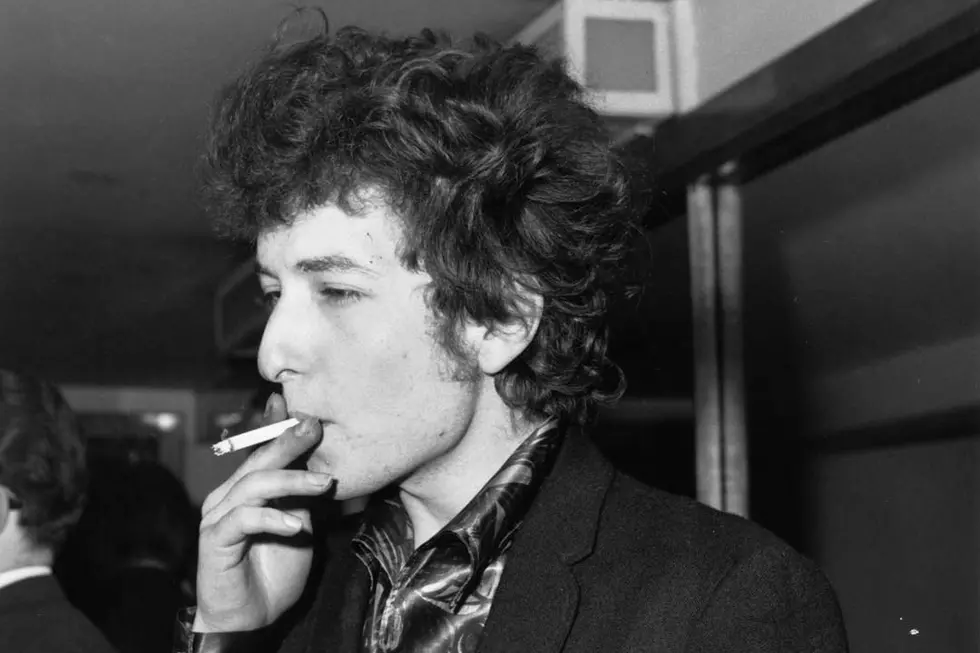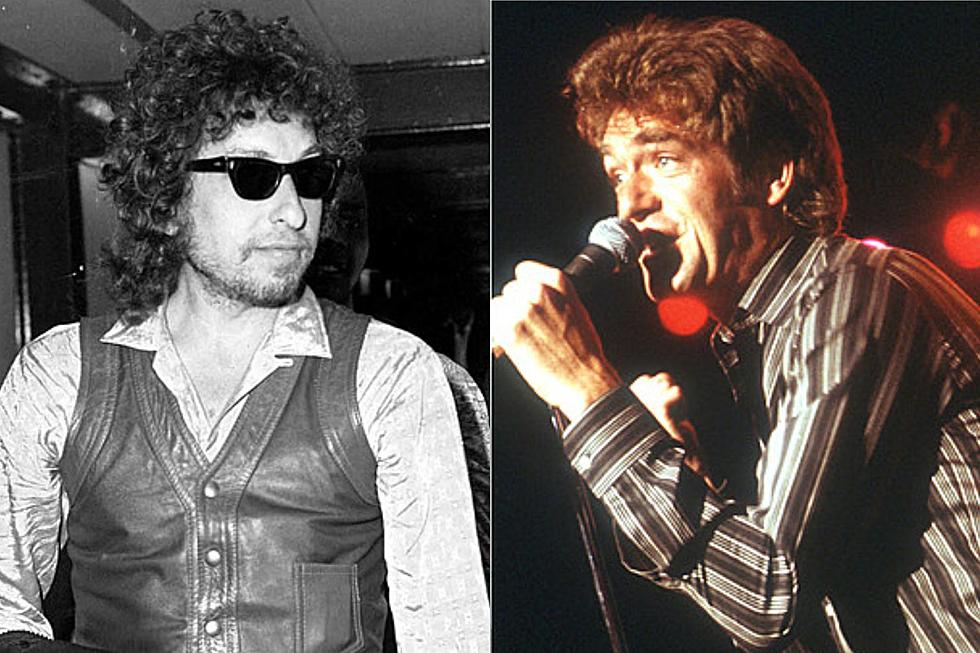
Revisiting Bob Dylan’s Masterpiece ‘Highway 61 Revisited’
It all started with "Like a Rolling Stone." Coming off his most accomplished LP to date – Bringing It All Back Home, from earlier in 1965 – Bob Dylan set up shop in a New York City studio in June of that year and recorded the first song from the album that would make him a star. More importantly, it set him on the course that would lead to one of rock's most influential and enigmatic careers.
From the start, Dylan knew it was time for reinvention and evolution. Tired of the folksinger tag that was attached to him following four albums of varying folk, blues, protest, traditional and personal songs, the 24-year old singer-songwriter scraped the edges of Bringing It All Back Home's tougher cuts, stirred them into a mix of electric rock, pop and blues music, assembled a group of musicians he hoped would follow him into battle and proceeded to lay down one of rock's all-time greatest albums, Highway 61 Revisited, which was released on Aug. 30, 1965.
The session players – including guitarist Mike Bloomfield and keyboardist Al Kooper – had to learn quick, or they would sink under the rising tide of Dylan's swelling creativity. Dylan would repeatedly, and instinctively, record his new songs on the spot, testing out songs in dozens of takes, messing with their rhythms, tempos, styles, times and tones. (Many of these alternate versions can be heard in the various Bootleg Series volumes Dylan has released since 1991, including an entire box devoted to that year's sessions.)
Doom was on his mind. So was a raging anger that found its way into "Like a Rolling Stone," spurred by an exhausting tour of England. Highway 61 Revisited is funny too. But mostly it's apocalyptic, swerving through "Tombstone Blues," "Ballad of a Thin Man," "Just Like Tom Thumb's Blues" and, finally, the 11-minute closing epic, "Desolation Row," with one eye on the wasteland behind him and the other on the impending current creeping forward. It's also a road trip of sorts, a journey through mid-'60s America – post-JFK, post-Eisenhower, post-everything-'50s – that ties together back roads (like the real Highway 61) and its connection to a past being overtaken by the future, not to mention the inherent blues connection.
Listen to Bob Dylan Perform 'Like a Rolling Stone'
Dylan knew the score going into the album. This would be a career-changer if he played it right. And the crisp, electric mix coupled with his freewheeling poetry (somewhere between the icons who influenced him and the Beats whom he'd outlast) clicked. Highway 61 Revisited sounds like a defining work, right from the "Like a Rolling Stone" drum smack that opens the record.
But Dylan, restless with his time and place, guaranteed that the album wouldn't be a tight fit with the five that preceded it. The acoustic "Desolation Row," in its own winding folksinger-at-the-end-of-the-world way, sort of approaches the familiar territory mapped out on records like The Times They Are A-Changin'. But it's a million miles away from the protest songs that made him a new star of a movement he never really wanted to be part of.
Damaged characters stroll through the back alleys of Dylan's mind in search of something to validate their presence. "Einstein disguised as Robin Hood / With his memories in a trunk / Passed this way an hour ago with his friend / A jealous monk." What does it mean? Does it even matter?
The album's nine songs usher in a period of unrelenting creativity for the artist. Everyone else was left to play catch-up after this. Highway 61 Revisited was biblical, epic, draining, harrowing, hilarious and most of all brilliant. Dylan painted his masterpiece and he wasn't even 25 years old.
Listen to Bob Dylan Perform 'Desolation Row'
His band and producers (Bob Johnston oversaw everything but "Like a Rolling Stone," which was produced by Tom Wilson) deserve credit too. They deserve credit for following Dylan into his great unknown, putting up with his whims, his endless takes and his countless restructuring, making things up, or so it seemed, as he went along. Highway 61 Revisited sounds like a pop record at times.
But it's so much more: An art piece for the ages to be dissected, reflected upon, imitated and worshiped. The Beatles may receive most of praise for bringing 20th century music into a new era, but there's a really good chance they wouldn't have gotten there without Highway 61 Revisited.
The album marked Dylan's slow surge into the mainstream. Bringing It All Back Home reached the Top 10 five months earlier, but Highway 61 Revisited pushed its way to No. 3. Likewise, "Like a Rolling Stone" made it to No. 2, Dylan's best-ever showing on the singles chart (it also paved the way for "Positively 4th Street," a leftover from the sessions, to enter the Top 10, Dylan's only back-to-back hits).
But those numbers are a small part of the story. Dylan wouldn't look back. Within a couple months, he'd start work on his next album, the double-record opus Blonde on Blonde, an extension of Highway 61 Revisited's themes, attitude, spite and humor, bringing to a close the pinnacle period in Dylan's long history. There was plenty more to say, explore and tear apart in the years to come. But he never got better than this.
Rejected Original Titles of 30 Classic Albums
Why Don't More People Like This Bob Dylan Album?
More From Ultimate Classic Rock









